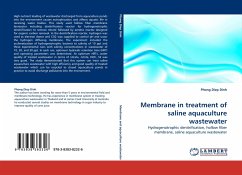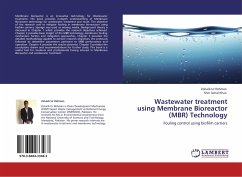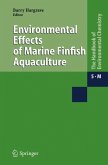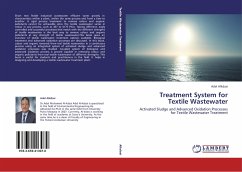High nutrient loading of wastewater discharged from aquaculture ponds into the environment causes eutrophication and affects aquatic life in receiving water bodies. This study used hollow fiber membrane bioreactor including denitrification reactor for hydrogenotrophic denitrification to remove nitrate followed by aerobic reactor designed for organic carbon removal. In the denitrification reactor, hydrogen was used as electron donor and CO2 was supplied to control pH and scour the hydrogen diffusing membrane. The experiment included the acclimatization of hydrogenotrophic bacteria to salinity of 10 ppt and three experimental runs with salinity concentrations in wastewater of 10, 20, and 30 ppt. In each run, optimum hydraulic retention time (HRT) and operating parameters was determined. At optimum HRTs, water quality of treated wastewater in terms of nitrate, nitrite, DOC, SS was very good. The study demonstrated that this system can treat saline aquaculture wastewater with high efficiency and good quality of treated wastewater which can be recycled to closed aquaculture ponds in practice to avoid discharge pollutants into the environment.
Bitte wählen Sie Ihr Anliegen aus.
Rechnungen
Retourenschein anfordern
Bestellstatus
Storno








